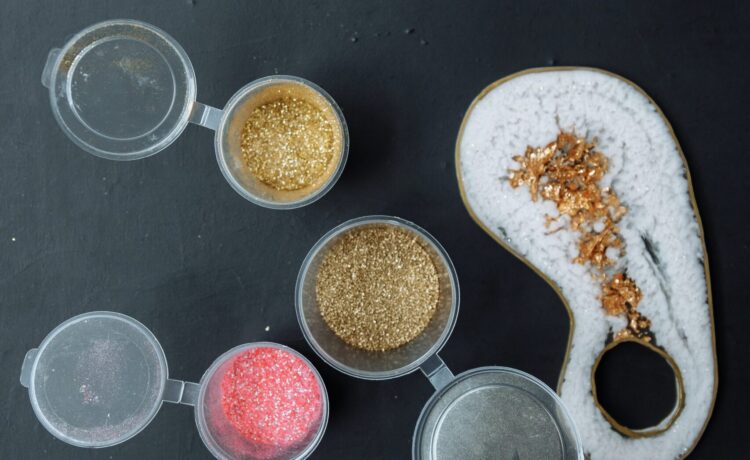Are you diving headfirst into a DIY project that requires some serious bonding power? If so, epoxy might just be the secret ingredient you’ve been searching for. This versatile adhesive is not only strong but can also withstand various environmental conditions. Whether you’re repairing furniture, creating art, or tackling home improvements, choosing the right epoxy is crucial to ensure your project stands the test of time.
But with countless options flooding the market, how do you know which one to pick? Fear not! We’re here to guide you through everything you need to consider before making your choice. From understanding different types of epoxy to avoiding common pitfalls during application—let’s explore how to make epoxying an enjoyable part of your crafting journey.
Factors to Consider Before Choosing an Epoxy
Choosing the right Epoxy requires careful thought. Start with the intended application. Will it be used for crafts, repairs, or coatings? Each use demands different properties.
Next, consider cure time. Some epoxies set quickly while others take longer to harden. If you’re in a hurry, opt for a fast-curing formula.
Don’t forget about temperature and humidity conditions where you’ll be working. Certain epoxies perform better in specific environments.
Additionally, think about color and finish. Clear formulations are great for visual appeal but may require UV resistance if exposed to sunlight.
Check safety requirements like ventilation during application. Some products emit strong fumes that can be harmful without proper precautions in place.
Types of Epoxy and Their Uses
Epoxy comes in several varieties, each tailored for specific applications. For instance, laminating epoxy is perfect for creating strong bonds in layered structures like surfboards and composite materials.
Coating epoxies are popular for flooring projects. They provide a durable surface that resists wear and tear while enhancing aesthetics with various finishes.
For repairs, you might consider adhesive epoxy. This type excels at bonding dissimilar materials such as metal to wood or plastic to glass.
If you’re working on outdoor projects, look into marine-grade epoxies. These are designed to withstand moisture and harsh conditions, making them ideal for boats or garden furniture.
There’s flexible epoxy which maintains elasticity after curing. This makes it suitable for applications where movement occurs, such as automotive parts or electronics encasements. Each type has its unique strengths that cater to diverse DIY needs.
Common Mistakes When Using Epoxy and How to Avoid Them
Using epoxy can be rewarding, but common mistakes can derail your project. One frequent error is not measuring the resin and hardener accurately. This miscalculation can lead to a weak bond or improper curing.
Another mistake is applying epoxy in extreme temperatures. High humidity or cold conditions can drastically affect curing time and adhesion. Always check the manufacturer’s recommendations for optimal application conditions.
Many beginners skip surface preparation, thinking it’s unnecessary. However, cleaning and sanding surfaces ensure better adhesion and longevity of the bond.
Failing to mix thoroughly is another pitfall. Insufficient mixing may leave uncured spots that compromise strength over time. Take your time when combining components for best results.
Neglecting safety precautions can have serious consequences. Always wear gloves and work in a well-ventilated area to protect yourself from fumes and skin irritation while handling epoxy products.
Understanding Epoxy and its Uses
Epoxy is more than just a sticky substance. It’s a versatile adhesive that can transform your DIY projects into long-lasting creations. Understanding its properties is essential for making the right choice.
This resin-based material comes in various formulations, each tailored to specific needs. Epoxies can bond wood, metal, glass, and even ceramics effectively. Their durability makes them ideal for repairs and crafts alike.
Moreover, epoxies are resistant to heat and chemicals when cured properly. This quality adds an extra layer of protection against wear and tear in high-use areas or challenging environments.
For those who enjoy crafting furniture or home decor items, epoxy offers endless possibilities. You can create beautiful river tables with deep blue resins or use it as a finish to protect surfaces from scratches and spills.
Understanding how different types of epoxy work allows you to choose the right one for your project—whether you’re filling gaps in woodwork or creating intricate designs on canvas.
With careful selection based on your project’s requirements, you’ll find the perfect epoxy that suits both function and aesthetics. Dive into the world of epoxy with confidence; it’s a game-changer for any DIY enthusiast looking to elevate their craftsmanship.





